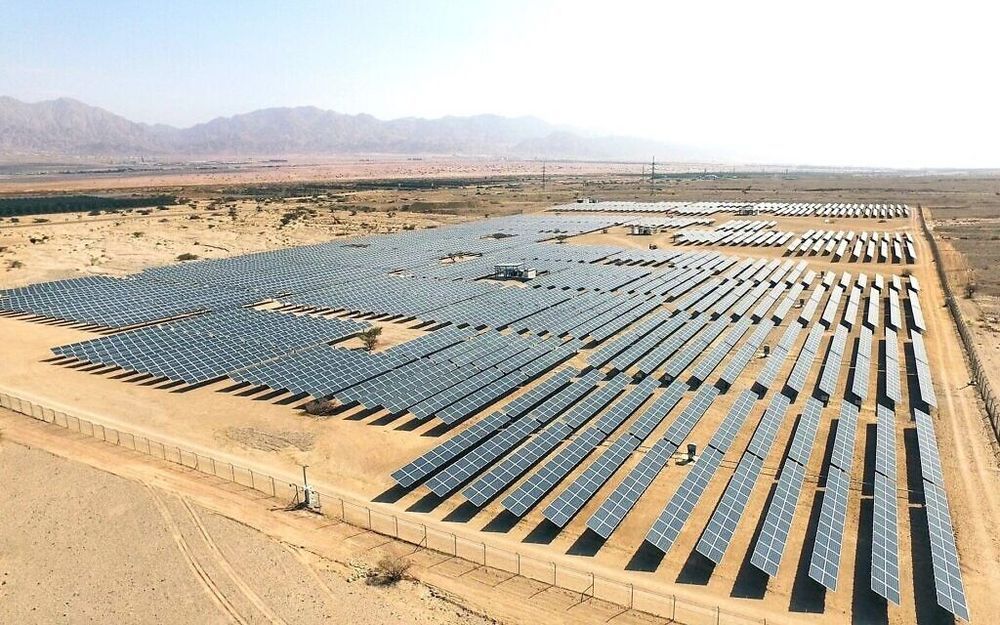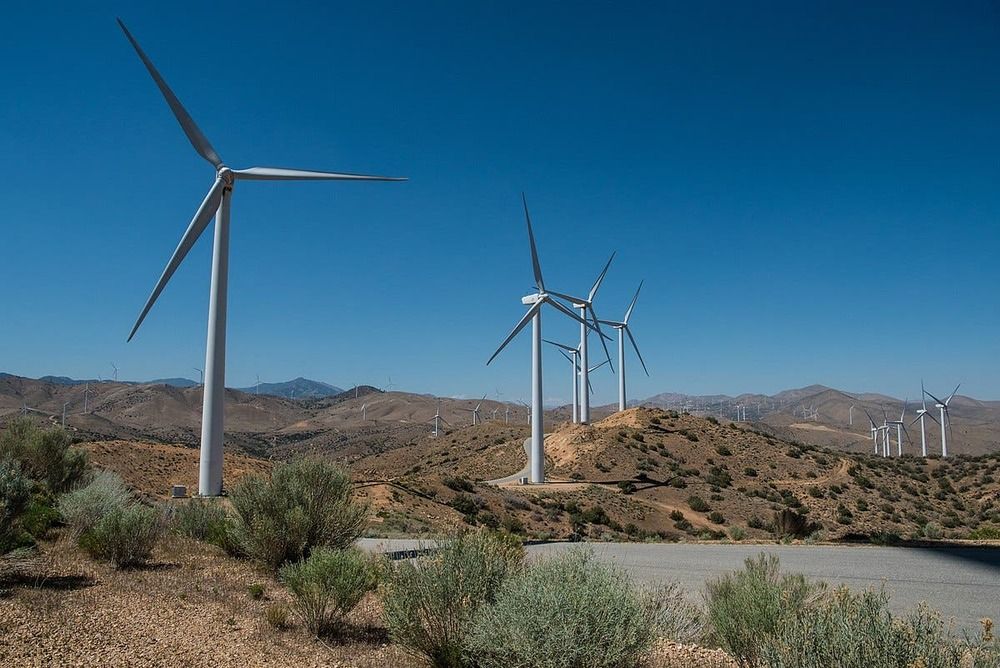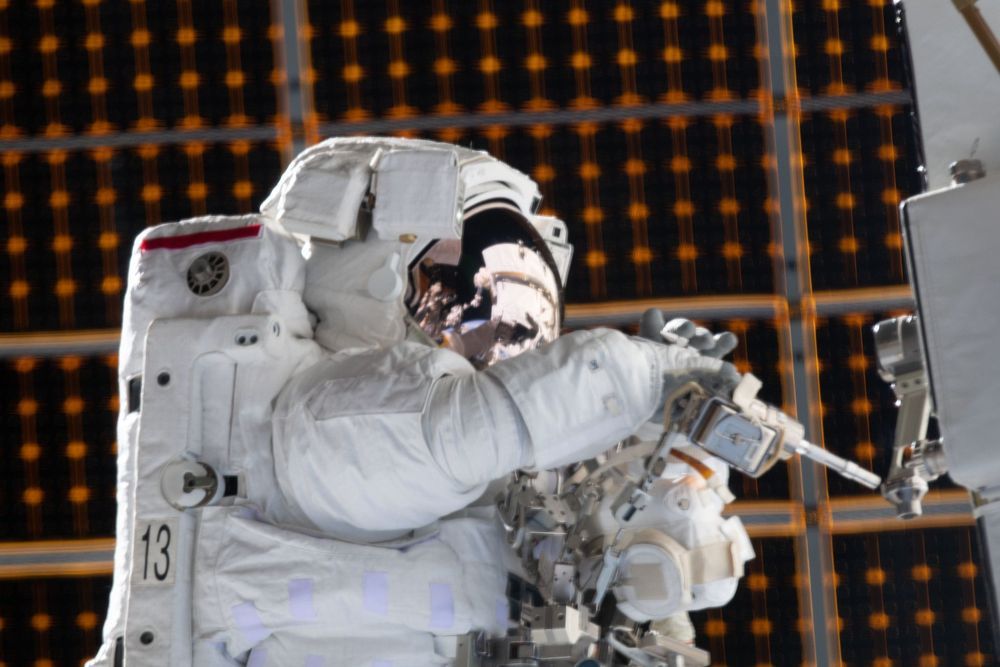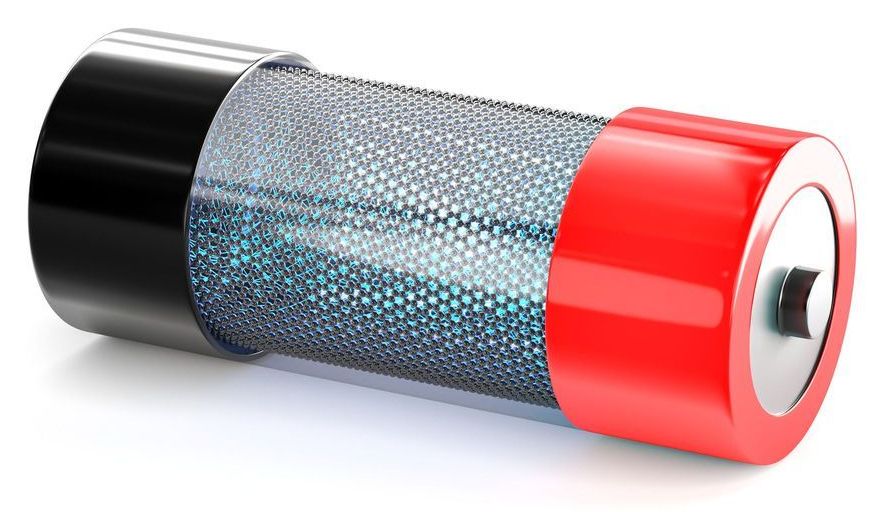Axions? Phantom energy? Astrophysicists scramble to patch a hole in the universe, rewriting cosmic history in the process.
Credit… Brian Stauffer




Chris Cassidy and Robert Behnken are scheduled to go outside the International Space Station (ISS) Friday, June 26, and Wednesday, July 1, for spacewalks to begin the replacement of batteries for one of the power channels on the orbiting laboratory.
NASA Television and the agency’s website will broadcast the spacewalks live, along with a news briefing to discuss them.
The briefing will take place at 2 p.m. EDT Wednesday, June 24, at the agency’s Johnson Space Center in Houston. Coverage of the spacewalks will begin at 6 a.m. on the day of each spacewalk. The spacewalks will begin at around 7:35 a.m., and will last as long as seven hours.

A Tesla Model 3 has been modified with a solar roof as part of Lightyear’s solar car development program.
We have been reporting on Lightyear for a few years now.
The startup first caught our attention because it spun out of Solar Team Eindhoven, a group of engineering students from the Technical University of Eindhoven (Netherlands) who have been competing in the World Solar Challenge with their Stella and Stella Lux, energy positive solar cars — meaning that they can produce more energy than they consume.

A solid-state battery, where the liquid electrolyte that carries the charge is swapped out for a solid alternative, promises a number of performance benefits over today’s solutions, but there are a few problems to solve first. Scientists at Brown University are reporting a new design that overcomes some of the key hurdles, using a delicate mix of ceramics and the wonder material graphene to produce the toughest solid electrolyte to date.
As the solution that carries the lithium ions back and forth between the anode and cathode while the battery is charged and discharged, liquid electrolytes play an important role in the function of today’s lithium-ion batteries. But these highly volatile liquids bring a risk of fire when the battery short circuits, so there is room for improvement in terms of safety.
Beyond that, alternative electrolytes could offer greater energy density and even allow for other components of the battery to be upgraded, too. For example, the anode is typically made out of copper and graphite, but scientists believe a solid electrolyte would enable the battery to function with a pure lithium anode, something that could break the “energy-density bottleneck,” according to one recently published study.

Daimler has announced an upcoming new truck called eEconic, a garbage truck based on the all-electric Mercedes-Benz eActros.
The German automotive company announced the vehicle today:
“The eEconic will at first be offered in the configuration 6×2/N NLA and is mainly in demand as a waste-collection vehicle. Battery-electric trucks are very well suited for urban use in waste management due to the comparatively short and plannable daily routes of up to 100 kilometers with a high proportion of stop-and-go in inner-city traffic. With an anticipatory driving style, electrical energy can be recovered during braking to charge the battery, which further improves range and efficiency.”

In 2017, Stanford University researchers presented a new device that mimics the brain’s efficient and low-energy neural learning process. It was an artificial version of a synapse — the gap across which neurotransmitters travel to communicate between neurons — made from organic materials. In 2019, the researchers assembled nine of their artificial synapses together in an array, showing that they could be simultaneously programmed to mimic the parallel operation of the brain.
Now, in a paper published June 15 in Nature Materials, they have tested the first biohybrid version of their artificial synapse and demonstrated that it can communicate with living cells. Future technologies stemming from this device could function by responding directly to chemical signals from the brain. The research was conducted in collaboration with researchers at Istituto Italiano di Tecnologia (Italian Institute of Technology – IIT) in Italy and at Eindhoven University of Technology (Netherlands).
“This paper really highlights the unique strength of the materials that we use in being able to interact with living matter,” said Alberto Salleo, professor of materials science and engineering at Stanford and co-senior author of the paper. “The cells are happy sitting on the soft polymer. But the compatibility goes deeper: These materials work with the same molecules neurons use naturally.”
Its performance is equally microscopic, only generating anywhere between 10 to 400 micronewtons — a tiny fraction of the power of a toy rocket.
But in space, even that low amount of power can allow satellites to hold their positions, and even gradually deorbit to make sure they’re out of harm’s way and don’t become space debris.
On the opposite end of the spectrum, a European-Japanese ion thruster used for the Mercury-bound spacecraft BepiColombo broke the record for the most powerful ion thruster in 2018. Its performance tops out at a maximum combined 290 millinewtons (290,000 micronewtons).
